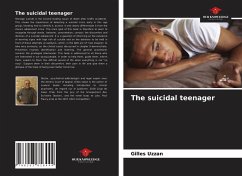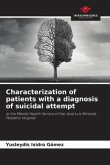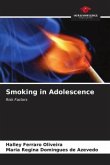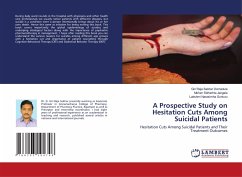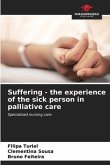Teenage suicide is the second leading cause of death after traffic accidents. This shows the importance of detecting a suicidal crisis early in this age group, knowing how to identify it, assess it and clearly differentiate it from the classic adolescent crisis. The main goal of this book is therefore to learn to recognize through words, behavior, presentation, contact: the discomfort and distress of a suicidal adolescent. It is a question of informing on the existence of warning signs with high risk of suicide and on the behavior to be held in front of these attempts at autolysis, which, in the ADO are of "real staging", to take very seriously, as the clinical cases discussed in chapter 9 demonstrate. Prevention involves identification and listening. The general practitioner remains the privileged interlocutor. This book is addressed to all those who are interested in our young people, in order to help them, guide them, inform them, explain to them this difficult period of life when everything is not "so rosy". Support them in their discomfort, their pain in life and give them a glimpse of the hope of being even better tomorrow.
Bitte wählen Sie Ihr Anliegen aus.
Rechnungen
Retourenschein anfordern
Bestellstatus
Storno

